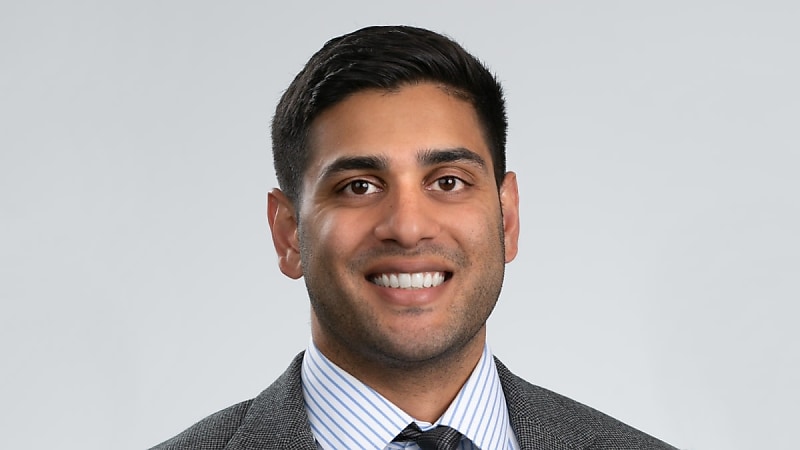SMSFs need to consider restructuring to avoid tax impost: super specialist
SMSF trustees and members may need to start looking at restructuring their funds with the proposed $3 million super tax changes likely to be legislated, says a leading superannuation specialist.
Nexia Sydney superannuation division partner, Darren Chinnappa, told SMSF Adviser that SMSFs should start looking for alternative structures to build wealth in retirement.
“Cash flow management can already be a balancing act for SMSF members in retirement phase,” he said.
“Maintaining sufficient cash flow to meet this additional 15 per cent liability could be challenging for SMSF members, especially those with balances over $3 million.”
Mr Chinnappa said many retirees don’t have the capability to make non-concessional contributions and the proposed tax on balances over $3 million may force them to sell assets to fund their tax liability.
He said the proposed tax is also going to affect younger workers, not just those with an SMSF but in industry and retail funds.
“If you have made voluntary contributions to your superannuation fund over a number of years, the compounding on investment returns could lead to having a high balance,” he said.
“And before reaching age of 65 or retirement, you don’t have the ability to minimise this or restructure.”
He explained that for an individual who has been working from 18 years of age, and with the super guarantee now having risen to 11 per cent, their balance at retirement could be substantial, especially if they have made good investment decisions.
“This tax is removing some of that incentive to save and plan for retirement,” he added.
“When you make the decision to contribute to superannuation, you are doing so based on the rules that exist at the time, and for many they would not have contemplated the impact of the proposed additional tax applying to the portion of their balance above $3 million.”
The imposition of a further 15 per cent tax on balances over $3 million will in some instances impose a tax rate up to the top marginal rate, he said.
“There is a tax on death benefits that is payable to non-tax dependents,” he added.
He said the accumulation portion of a fund also has its income taxed at 15 per cent, and there is now also the proposed 15 per cent Division 296 tax on income generated by balances over $3 million.
Additionally, there is a 15 per cent tax that applies to taxable components of death benefits paid from superannuation to non-tax dependents.
Mr Chinnappa said for those who can restructure their SMSF and have access to their funds, now is the time to start thinking about how to do it.
“The first thing to do is to think about your objectives for retirement,” he said.
“If it is to pass on wealth, it could be time to bring forward the inheritance, particularly if the intention is for it to go to non-tax dependents like adult children.”
He continued that using an alternative structure to build a retirement structure is worthwhile.
“Company tax rates can be as low as 25 per cent and insurance bonds are getting a lot more attention now as an alternative to superannuation for balances over $3 million,” he said.
“And if you hold those bonds for over 10 years, you can access them tax-free.”
Mr Chinnappa said the draft legislation has also indicated that the $3 million cap is not going to be indexed, unlike other caps in superannuation.
“At present there is a transfer balance cap of $1.9 million in place, which suggests that the government believes that this amount is sufficient to support the retirement of an individual,” he said.
“But it won’t be long, particularly if inflation stays at high recent levels, that the transfer balance cap gets close to $3 million with indexation.”
He said SMSFs need to start considering what their prospective retirement income needs may be and calculate whether they will have sufficient capital to meet them.
“In most cases, these decisions help with estate planning considerations,” he said.
“Once they have determined this, they can consider what capital will be used to meet that income and what capital is surplus to their retirement needs that can be potentially structured in a way to achieve their objectives, including their estate planning objectives.”
He said superannuation may no longer be the best place to achieve those objectives, especially for clients with balances over $3 million.
“If we know there will be taxes on death and unrealised gains are we better off in another structure like a company or insurance bond or family trust?” he asked.
“Some people may prefer keeping things as is while others may want to restructure to maximise the capital that they pass on to beneficiaries.”


